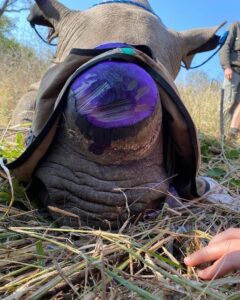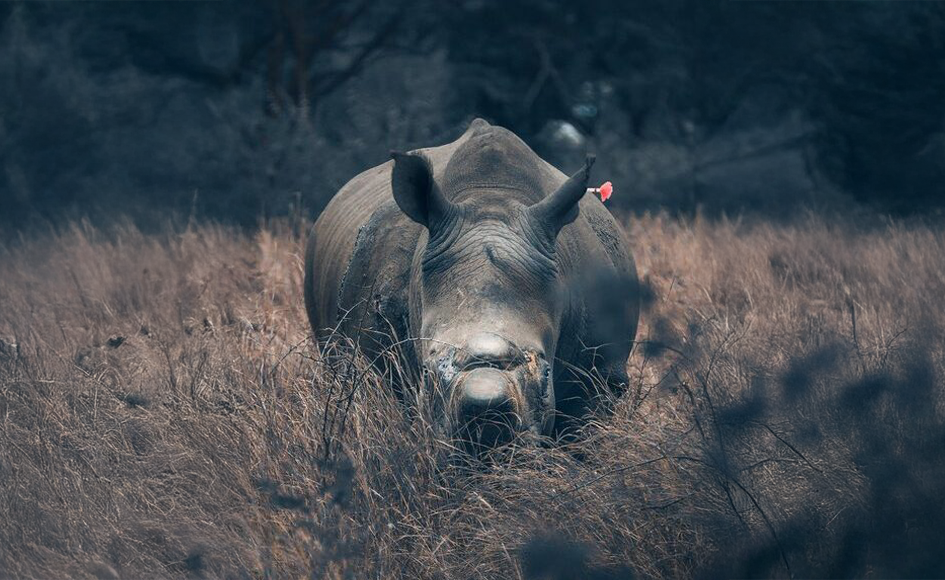If you’ve ever seen a rhino without its horn, you might wonder—why would conservationists take away such a defining feature? It seems counterintuitive, but dehorning is one of the most effective ways to protect rhinos from poaching.
Here’s why it happens and how it helps.
A Desperate Measure Against Poaching
Poachers kill rhinos for their horns, which are illegally sold for tens of thousands of dollars per kilogram on black markets, mainly in Asia. The demand, fueled by traditional medicine myths and status symbols, has driven rhinos to the brink of extinction.
South Africa, home to the largest rhino population, has been at the epicenter of this crisis. In some years, over 1,000 rhinos were slaughtered, their horns hacked off while they were still alive. Dehorning is a way to make rhinos less of a target.
How Dehorning Works
The process is completely safe and painless. Conservationists use veterinarians, helicopters, and expert teams to:
- Sedate the rhino to ensure it stays calm.
- Carefully remove the horn using specialized equipment (similar to trimming a horse’s hooves).
- Leave a small portion of the horn, as it contains blood vessels at the base.
The horn grows back over time, meaning dehorning is not a permanent fix but a temporary deterrent.

Does It Really Work?
Yes. Studies show that poaching drops significantly in areas where dehorning is done. If a rhino has no horn, poachers are far less likely to take the risk of hunting it. But it’s not a perfect solution—some poachers still kill dehorned rhinos out of frustration or to prevent tracking.
The Cost of Protection
Dehorning isn’t cheap. Each operation can cost thousands of dollars, requiring ongoing funding, helicopters, and trained professionals. That’s why conservation efforts rely on public support—whether through donations, tourism, or competitions like those supporting rhino protection.

Wouldn’t It Be Better to Stop Poaching Entirely?
Absolutely. Dehorning is a last resort, not a long-term solution. The real answer lies in stronger anti-poaching measures, better law enforcement, and reducing demand for rhino horn.
Until that happens, dehorning remains one of the few effective ways to keep rhinos alive. It’s a tough choice—but for now, it’s a necessary one.



